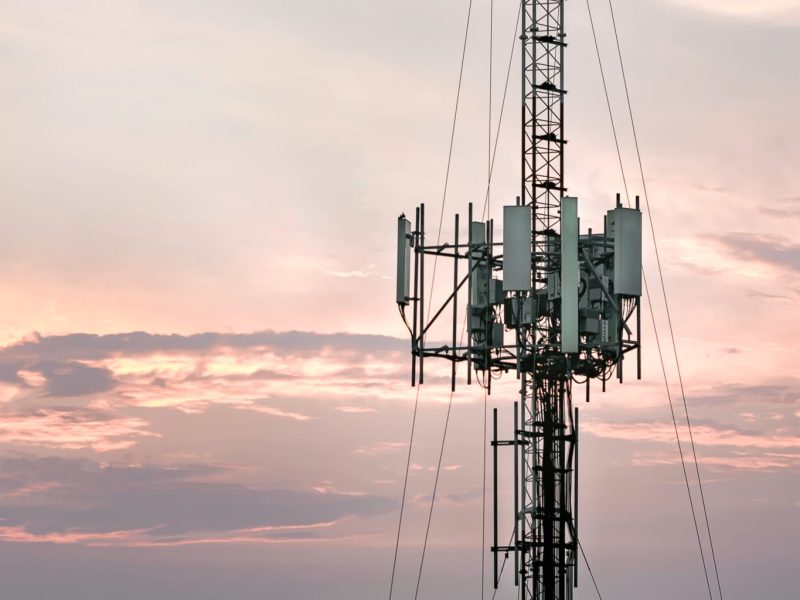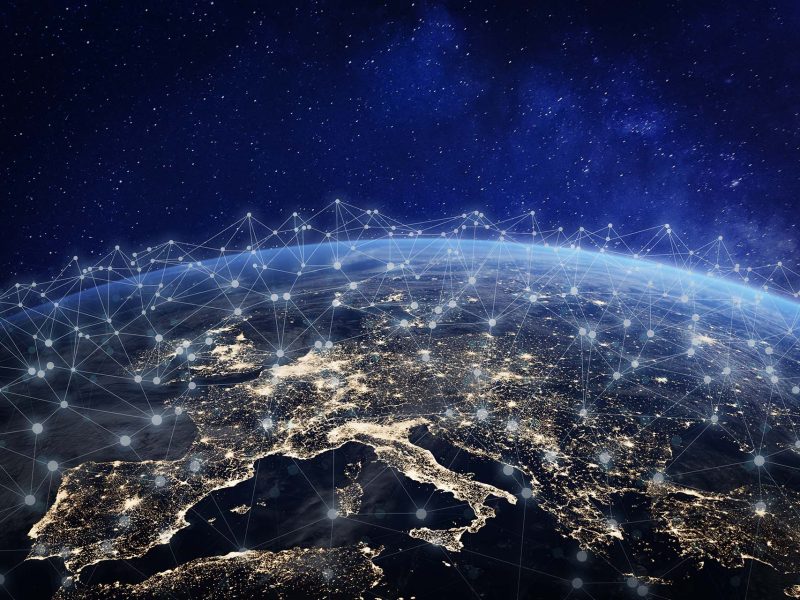Taking responsibility
Sustainable management with IoT
Only by consistently reducing emissions, cutting energy consumption and reducing CO2 emissions can companies help to achieve the climate targets they have set themselves and operate sustainably.
However, in times of resource scarcity, rising energy and raw material prices and the collapse of supply chains, many companies are fighting for economic survival and see the challenge of sustainable management as very important, but for them personally (due to the current situation) as secondary. Digital solutions and the Internet of Things can make an important contribution to achieving sustainability and the climate targets that have been set, while at the same time putting your own company on a sound economic footing.

Heliot's sustainability approach
At Heliot Europe, the largest 0G Sigfox network operator in Europe, we help companies to digitally transform and optimize their (supply chain) processes without losing sight of the issue of sustainability.
Our aim is to show companies how they can use our Internet of Things solutions and the climate-friendly Sigfox 0G network to digitize processes, save resources and implement sustainability at the same time. As an IoT full service provider, we take care of our customers’ digitalization projects and do something good for climate protection at the same time.
And because the environment is important to us and we want to continuously improve, we monitor our carbon footprint, define measures to continuously reduce our emissions and support a certified climate protection project with Climate Partner.
Sigfox technology: a sustainable and climate-friendly network
Did you know, for example, that the entire Sigfox wireless network has an extremely low power consumption and requires only a fraction of the energy of 5G, for example?
The entire Sigfox 0G network in the DACH region consumes the same amount of energy as ten 5G base stations. For comparison: In Germany, Telefónica/O2 operates its 5G network with more than 18,000 antennas.
But the Sigfox 0G network, developed for small data packets, is not only environmentally friendly and energy-saving. The devices transmitting in the network are also designed for energy-saving operation and are characterized by their particularly long service life. This is made possible by the protocol itself, which dispenses with a configuration consisting of connection request and signaling. In this way, one battery can supply individual sensors for up to 10 years. This saves resources and costs and allows hardware to be operated for years without replacement.


Does it always have to be 5G?
A study commissioned by Eon from RWTH Aachen University concludes that the 5G mobile communications standard will drastically increase the energy requirements of data centers. More base stations that transmit more data result in the need for larger data centers, which in turn also require more energy. However, the majority of use cases, for example in the area of asset tracking and supply chain management, can be mapped with small data packages.
That's why our solutions are sustainable:
*Possible savings according to the manufacturer
Reduction of fuel consumption and CO2 emissions through optimization of freight routes and location monitoring with smart sensors*.
and loss
Reduce shrinkage and losses by optimizing your logistics and supply chain processes with asset tracking solutions*.
CO2 consumption
Less CO2 consumption thanks to intelligent waste management. Avoiding empty runs can also save fuel and resources in the city, at the plant or in recycling*.
Annual reduction in energy consumption through optimized heating and cooling of production and office areas. Every degree saved also saves up to 8 % of energy costs per year*.

